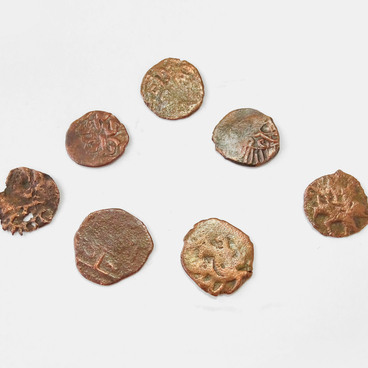For two centuries, scholars have proposed various hypotheses regarding the purpose of spherocones. Such small vessels with a rounded body and conical bottom were widely known in the Middle Ages and due to their shape and the small size of the opening, spherocones always lie on their side preventing the contents from spilling. The most frequently found spherocones are made of clay, but there are also examples made from other materials such as glass, faience, bronze and lead.
A significant amount of research has been dedicated to the purpose of spherocones. It has been suggested that they were used as grenades, lamps, architectural details, alchemical vessels and containers for liquids such as mercury, water, alcoholic beverages, perfumes and rose water. Nowadays, modern researchers admit the possibility of multiple uses.
Most scientists believe that the primary function of these small vessel was to serve as containers for mercury and other chemicals. Since Aristotle’s time, mercury has been used in medicine and it was believed that this liquid metal could provide immortality, leading people to swallow mercury balls in hopes of becoming equal to the immortal gods.



